Regions of Cuba, a Caribbean island nation with a unique blend of history, culture, and natural beauty, is divided into 15 provinces and one special municipality. Each region has its own distinctive features, contributing to the country’s rich tapestry. In this comprehensive overview, we will delve into the provinces, their capitals, and the distinctive highlights that make Cuba a captivating and multifaceted destination.
1. Pinar del Río:
Capital: Pinar del Río
Highlights:
– Viñales Valley: A UNESCO World Heritage site known for its stunning limestone hills, tobacco fields, and traditional agriculture.
– Cayo Jutías: A beautiful cay with white sandy beaches and crystal-clear waters.
2. Artemisa:
Capital: Artemisa
Highlights:
– Las Terrazas: An eco-community and biosphere reserve with lush landscapes, hiking trails, and sustainable practices.
– Soroa: Known for its orchid garden, Soroa is a natural paradise with waterfalls and birdwatching opportunities.
3. La Habana (Havana):
Capital: Havana
Highlights:
– Old Havana (Habana Vieja): A UNESCO World Heritage site with cobblestone streets, colonial architecture, and historic squares.
– Malecón: A famous seawall and esplanade along the coast, offering beautiful views of the city and the sea.
4. Mayabeque:
Capital: San José de las Lajas
Highlights:
– Boca de Jaruco: A coastal area with beaches and a natural swimming pool.
– Finca Vigía: The former home of Ernest Hemingway, now a museum showcasing the author’s life and work.
5. Matanzas:
Capital: Matanzas
Highlights:
– Varadero: A famous beach resort town with pristine white sand beaches and turquoise waters.
– Ciénaga de Zapata: Cuba’s largest wetland, known for its biodiversity, birdwatching, and the Bay of Pigs.
6. Cienfuegos:
Capital: Cienfuegos
Highlights:
– Parque José Martí: The main square in Cienfuegos surrounded by neoclassical buildings and the Palacio de Valle.
– El Nicho: A natural park with waterfalls, hiking trails, and vibrant flora and fauna.
7. Villa Clara:
Capital: Santa Clara
Highlights:
– Che Guevara Mausoleum: The final resting place of revolutionary leader Che Guevara.
– Cayo Santa María: A key off the northern coast known for its all-inclusive resorts and pristine beaches.
8. Sancti Spíritus:
Capital: Sancti Spíritus
Highlights:
– Trinidad: A UNESCO World Heritage site with well-preserved Spanish colonial architecture and cobblestone streets.
– Topes de Collantes: A nature reserve in the Escambray Mountains with waterfalls, caves, and hiking trails.
9. Ciego de Ávila:
Capital: Ciego de Ávila
Highlights:
– Cayo Coco: A key with beautiful beaches, coral reefs, and a variety of water activities.
– Parque Nacional Caguanes: A national park known for its limestone formations, caves, and diverse ecosystems.
10. Camagüey:
Capital: Camagüey
Highlights:
– Camagüey’s Historic Center: A UNESCO World Heritage site with a maze-like layout and well-preserved colonial architecture.
– Playa Santa Lucía: A beach resort area with a long stretch of white sand and opportunities for diving and snorkeling.
11. Las Tunas:
Capital: Las Tunas
Highlights:
– Puerto Padre: A coastal town known for its historical architecture and connection to Cuban poet Nicolás Guillén.
– Playa Covarrubias: A quiet beach with golden sands and turquoise waters.
12. Holguín:
Capital: Holguín
Highlights:
– Guardalavaca: A popular beach destination with coral reefs and vibrant marine life.
– Parque Nacional Monumento Bariay: A national park commemorating Christopher Columbus’s first landing in Cuba.
13. Granma:
Capital: Bayamo
Highlights:
– Sierra Maestra: A mountain range with historical significance, including Fidel Castro’s rebel hideout.
– Desembarco del Granma National Park: A UNESCO World Heritage site with dramatic coastal landscapes and marine terraces.
14. Santiago de Cuba:
Capital: Santiago de Cuba
Highlights:
–
El Morro Castle: A historic fortress with panoramic views of the city and the Caribbean Sea.
– Basilica del Cobre: A pilgrimage site with a statue of the Virgin of Charity, Cuba’s patron saint.
15. Guantánamo:
Capital: Guantánamo
Highlights:
– Baracoa: Cuba’s oldest city, surrounded by lush mountains and known for its unique cuisine.
– Parque Nacional Alejandro de Humboldt: A UNESCO World Heritage site with diverse ecosystems and rare species.
Special Municipality:
Isla de la Juventud (Isle of Youth):
Capital: Nueva Gerona
Highlights:
– Cueva de Punta del Este: A cave system with ancient indigenous pictographs.
– Colony Presidio Modelo: A former prison where Fidel Castro was held, now a museum.
Conclusion:
Cuba’s provinces and the special municipality of Isla de la Juventud collectively form a country of contrasts and diversity. From the vibrant streets of Havana to the pristine beaches of Varadero, and from the historic charm of Trinidad to the natural wonders of Viñales, each region contributes to Cuba’s unique identity.
As Cuba continues to navigate its path forward, preserving its cultural heritage and natural treasures, the provinces and their capitals play a crucial role in shaping the nation’s narrative. Whether exploring the revolutionary history of Santa Clara, immersing oneself in the music and dance of Santiago de Cuba, or relaxing on the beaches of Cayo Coco, Cuba invites travelers to experience its rich history, warm hospitality, and stunning landscapes.


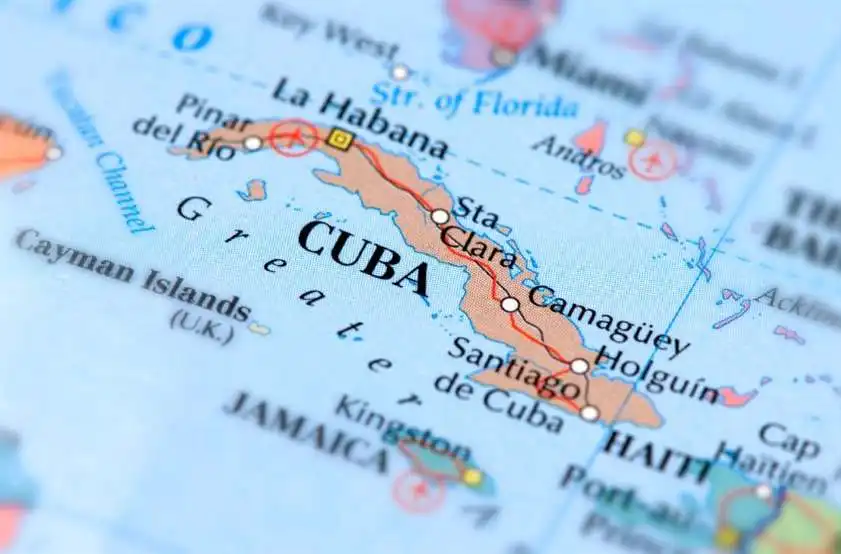
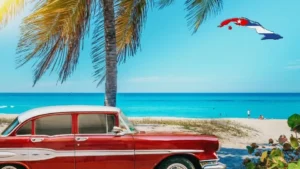
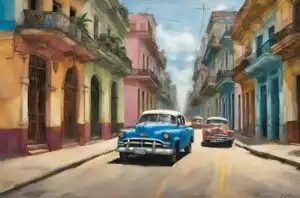
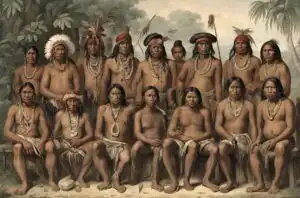


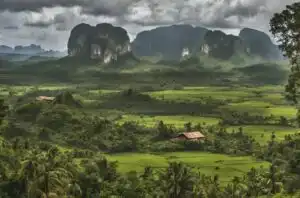
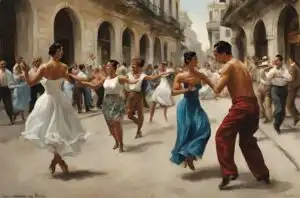


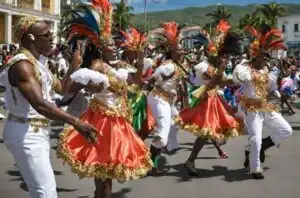
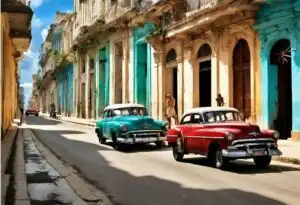
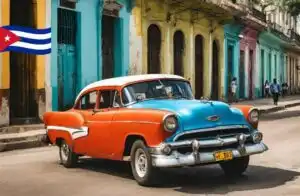
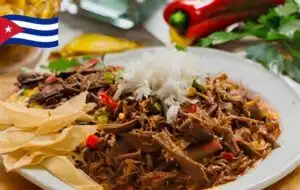

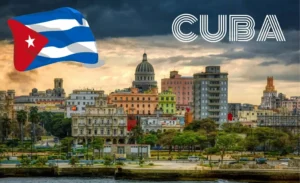




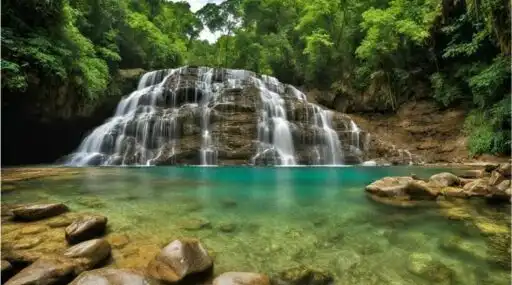

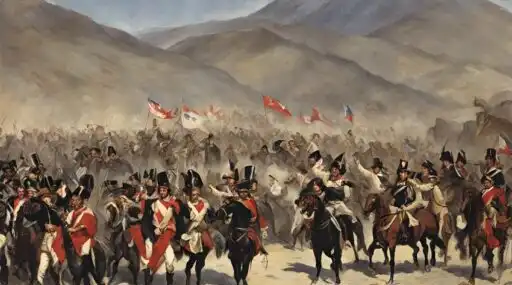
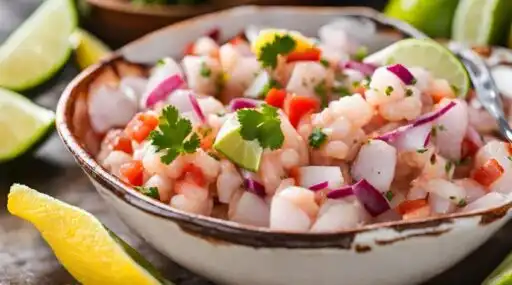



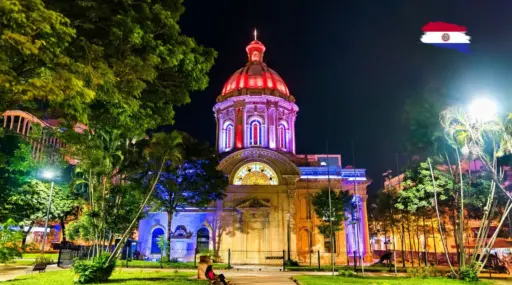

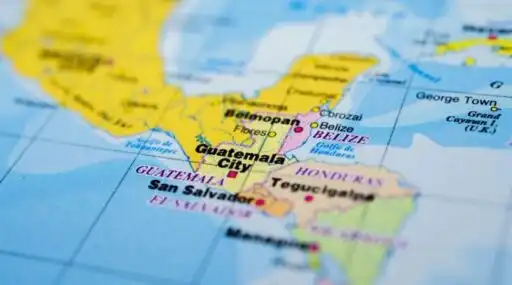





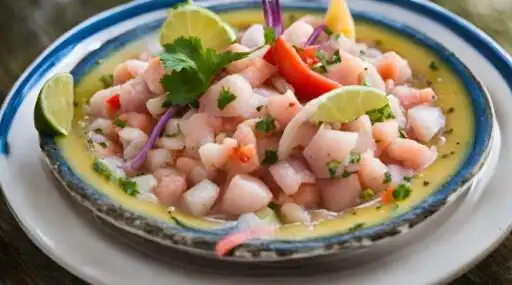


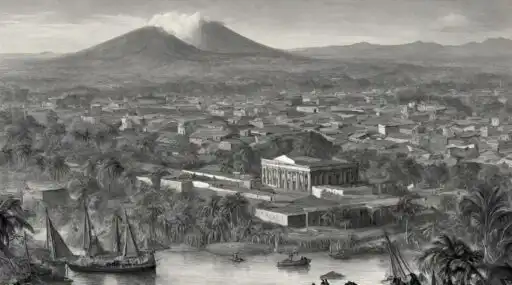
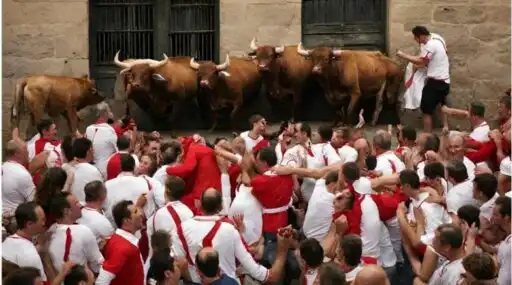




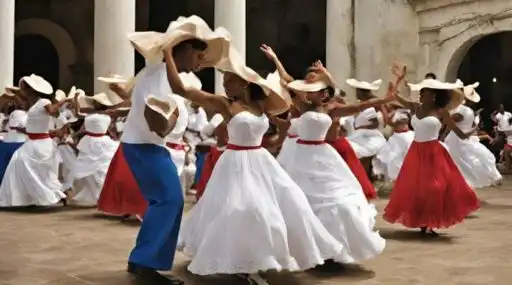

Leave a Reply